Ireland, often called the “Emerald Isle”, captivates the imagination with its lush landscapes and rich cultural heritage. This nickname, highlighting its vibrant green countryside, is renowned worldwide.
But have you heard of some of the other nicknames for Ireland? If not, you are about to find out what they are.
There are several other nicknames for Ireland besides the Emerald Isle, each with a unique meaning. These illustrate Ireland’s multifaceted nature, from its natural beauty and historical significance to its modern economic accomplishments.
Read on to discover more about the fascinating significance behind these and other nicknames, each revealing a different aspect of Irish culture and history.
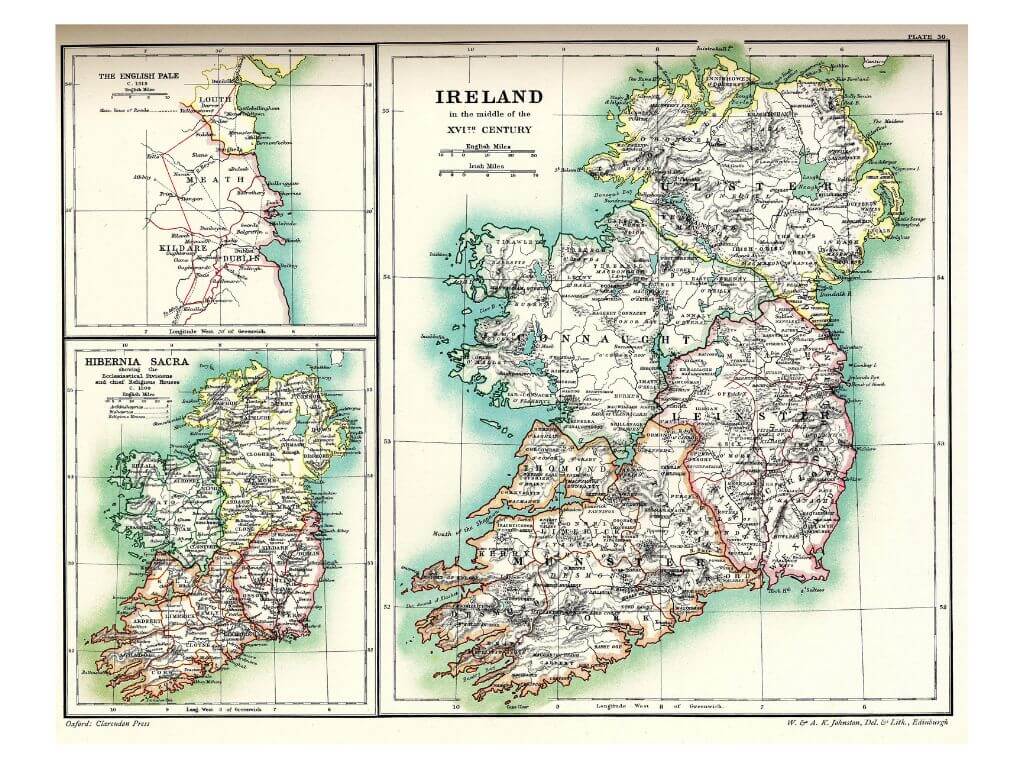
Historical and Cultural Significance of Irish Nicknames
Irish nicknames hold profound historical and cultural meanings that reflect the island’s rich history and mythological heritage.
Each name offers a glimpse into Ireland’s past, encapsulating the land’s natural beauty, religious prominence, and ancient legends.
Emerald Isle and Its Origins
The nickname “Emerald Isle” highlights Ireland’s lush green landscapes.
First coined in the 18th century by a Belfast-born poet named William Drennan (read his poem here), it emphasises the island’s verdant terrain, characterised by rolling hills, valleys, and meadows.
The name conjures images of Ireland’s picturesque countryside, which owes its green hue to the country’s frequent rainfall. This nickname has remained popular in literature, travel brochures, and tourism campaigns, symbolising Ireland’s fertile land and natural beauty.
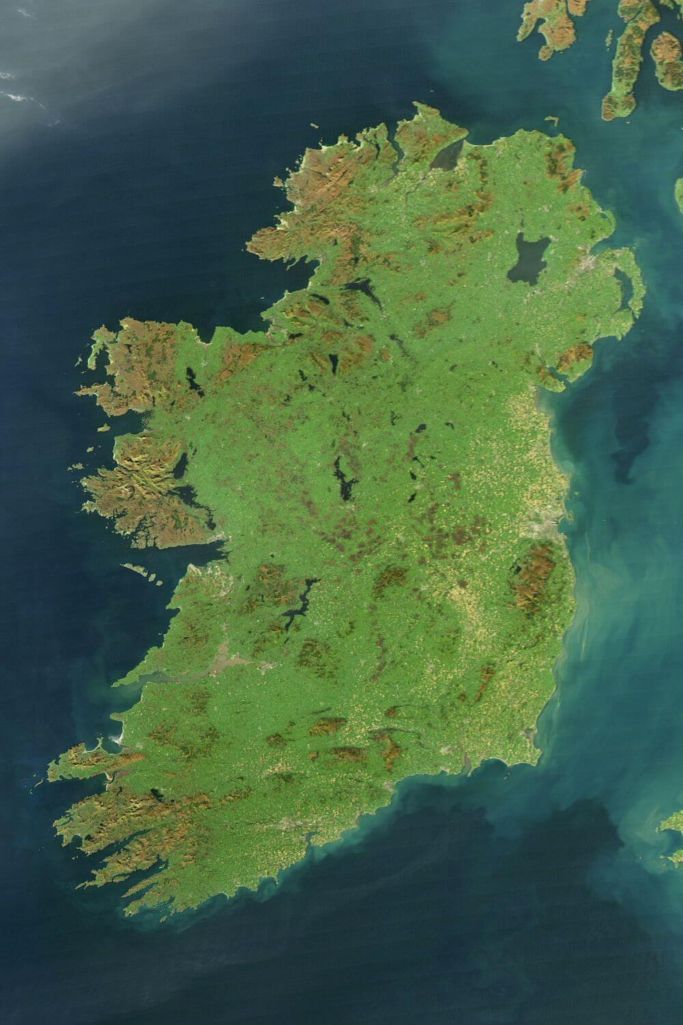
Land of Saints and Scholars
Ireland earned the moniker “Land of Saints and Scholars” due to its significant contributions to early Christian monasticism and learning.
From the 5th to the 9th centuries, Irish monks and scholars were influential in preserving and transmitting classical knowledge.
Figures like Saint Patrick and Saint Columba are central to this identity, while monastic centres like Clonmacnoise and Glendalough became hubs of education and spirituality.
Because Ireland became the central location for scholastic learning and teachings during the 5th to 9th centuries, it is from this fame that it became known as the Land of Saints and Scholars, showcasing its rich academic and spiritual legacy.
Top Tip: If you are visiting Glendalough, go early in the morning before the coaches arrive to grab your parking spot. Visit the site first, and then enjoy a leisurely walk towards the lakes.
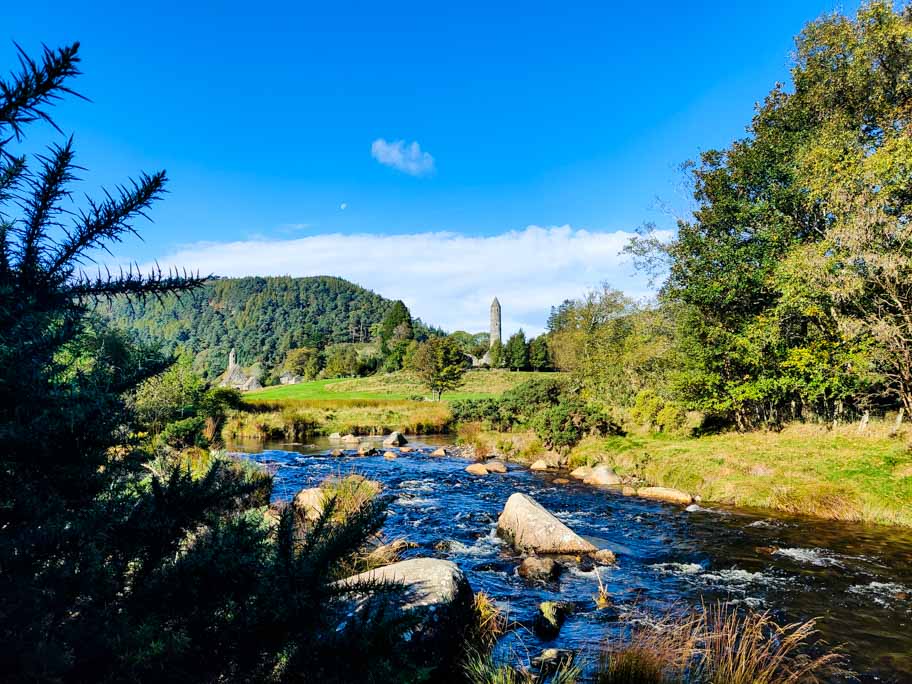
Hibernia and Ancient Roots
“Hibernia” is the Classical Latin name for Ireland that dates back to ancient Roman times. Roman writers like Julius Caesar and Tacitus used the term to refer to the island, which was not part of the Roman Empire.
The name appears in various ancient texts and maps (pictured), signifying Ireland’s historical roots and its interactions with other ancient civilisations. It evokes a sense of timelessness and connection to classical antiquity.

The term ‘Hibernia’ was also used in the 1700s on Irish coins (pictured below), and it was also used on a 2006 €2 coin. The term has also been adopted by companies in Ireland, namely Hibernian Insurance Company (now called the Hibernian Group), where my husband once worked.
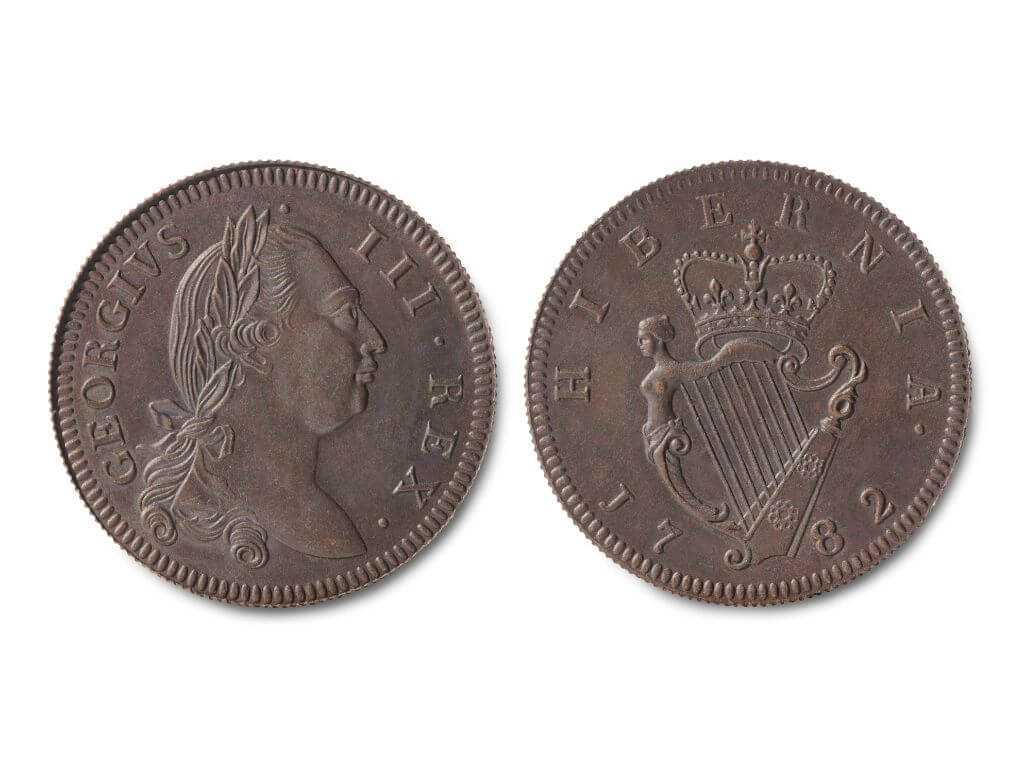
The Significance of Éire
“Éire” is the Irish Gaelic name for Ireland, reflecting the nation’s linguistic and cultural heritage. Historically, the name has been used in both official and informal contexts. It is embedded in the Irish constitution and symbols of national identity.
The word Éire comes from the old Irish word Ériu, which was the name of Ireland and also a Gaelic goddess, believed to be the matron goddess of Ireland by some.
The name connects modern Ireland with its Gaelic-speaking past, underscoring the enduring significance of the Irish language and cultural identity throughout the island’s history.
It is used to signify both the whole island of Ireland and also the Republic of Ireland.
Read my article about the difference between Ireland and Northern Ireland.
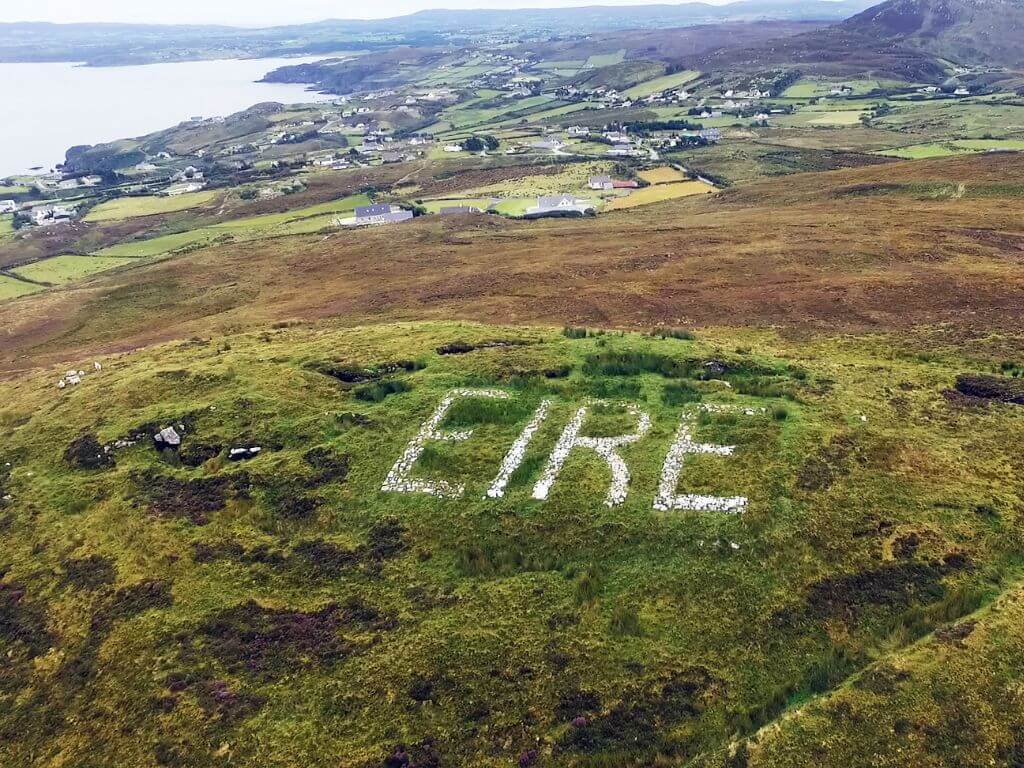
Inis Fáil and Mythology
“Inis Fáil” is a poetic name for Ireland, steeped in mythological traditions.
It translates to “Island of Destiny” and is linked to the Tuatha Dé Danann, who were said to be among Ireland’s earliest settlers. According to myth, the Stone of Destiny (Lia Fáil) was brought to Ireland by the Tuatha Dé Danann and became a symbol of sovereignty.
It served as a coronation stone for the King of Tara, who was also the King of Ireland in old Gaelic Ireland. According to legend, all Kings of Ireland were crowned at the stone up to around 500 AD.
It can be found at the Hill of Tara in County Meath.
This nickname highlights Ireland’s mythical heritage and its deep-rooted cultural significance in folklore and legend.

Romantic and Poetic Nicknames
The Emerald Isle
Ireland is often called “The Emerald Isle” because of its lush green landscapes, as explained above. This nickname evokes images of rolling hills and picturesque countryside. The term is popular in literature and tourism materials, reflecting Ireland’s natural beauty.
The Land of Saints and Scholars
Ireland is known as “The Land of Saints and Scholars” due to its rich monastic history, as already mentioned. The country boasts a long tradition of education and learning. Monasteries played a crucial role in preserving and producing literary works.
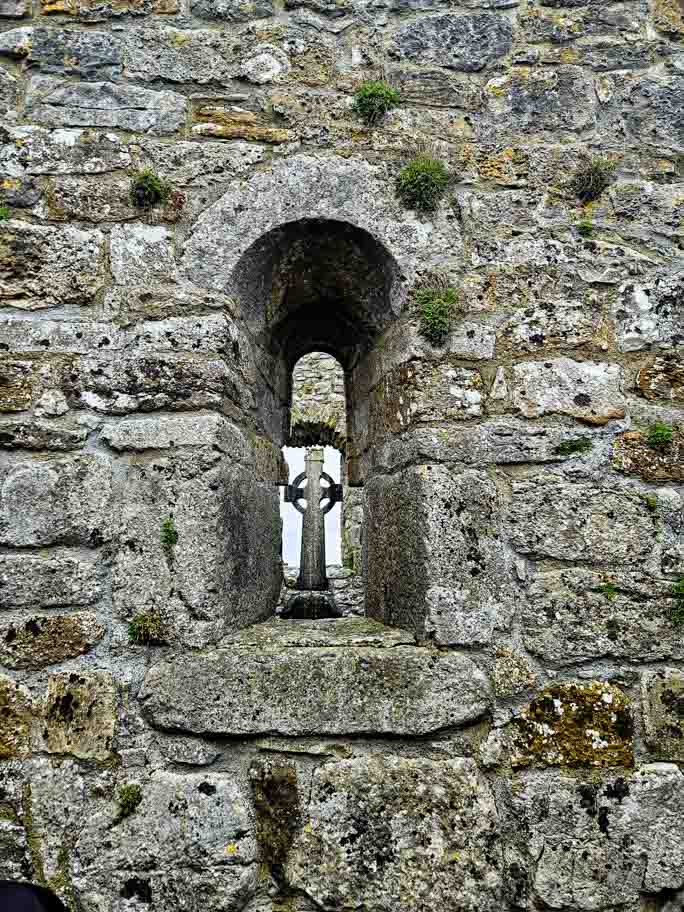
Inisfáil
“Inisfáil” is an ancient name for Ireland, meaning “Island of Destiny”. It appears in various romantic and poetic contexts, celebrating Ireland’s storied past.
Modern Nicknames
Ireland’s modern nicknames reflect both its recent history and cultural identity.
The Celtic Tiger
One prominent modern nickname for Ireland was The Celtic Tiger.
This term captured the period of remarkable and rapid economic growth in the late 20th and early 21st centuries. During these years, Ireland transformed into a thriving hub of technology and investment, positioning itself prominently on the global stage.
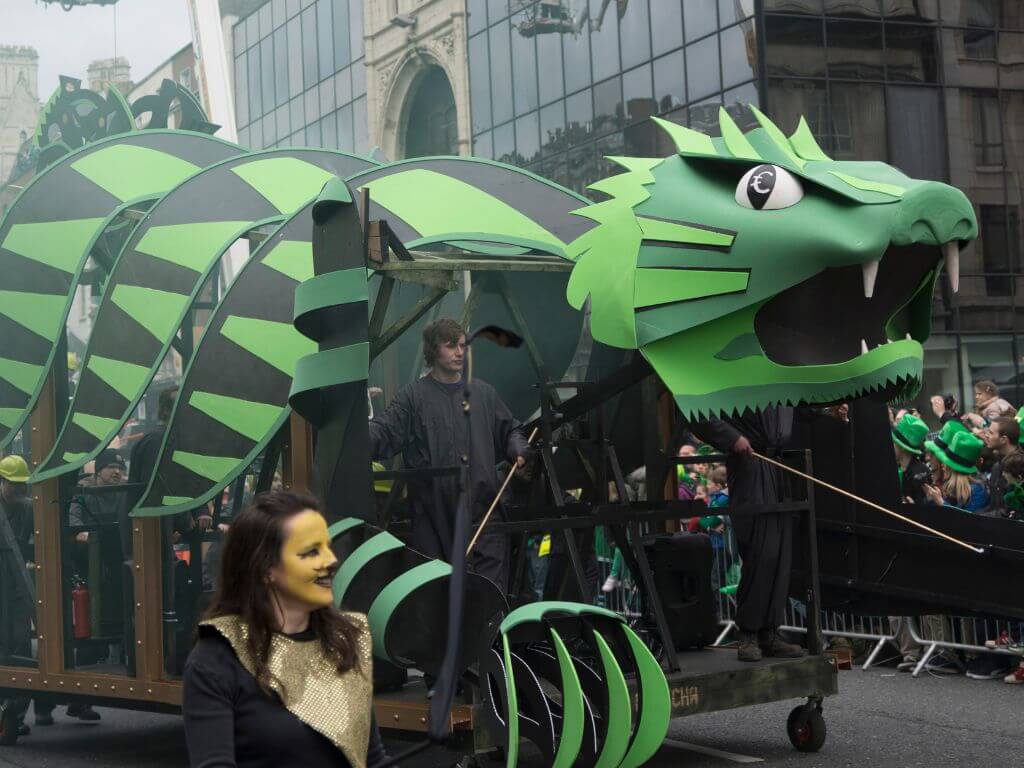
The Island of a Thousand Welcomes
Another widely recognised nickname is The Island of a Thousand Welcomes, coming from Céad Míle Fáilte, which is Irish for one thousand welcomes. This phrase underscores the hospitality and friendliness for which the Irish are renowned.
Today, it is frequently employed in tourism campaigns, inviting visitors from around the world to experience Ireland’s unique charm and warmth.
You will often see road signs when entering small towns and villages across Ireland saying “Fáilte” with the name of the town in Irish alongside it.
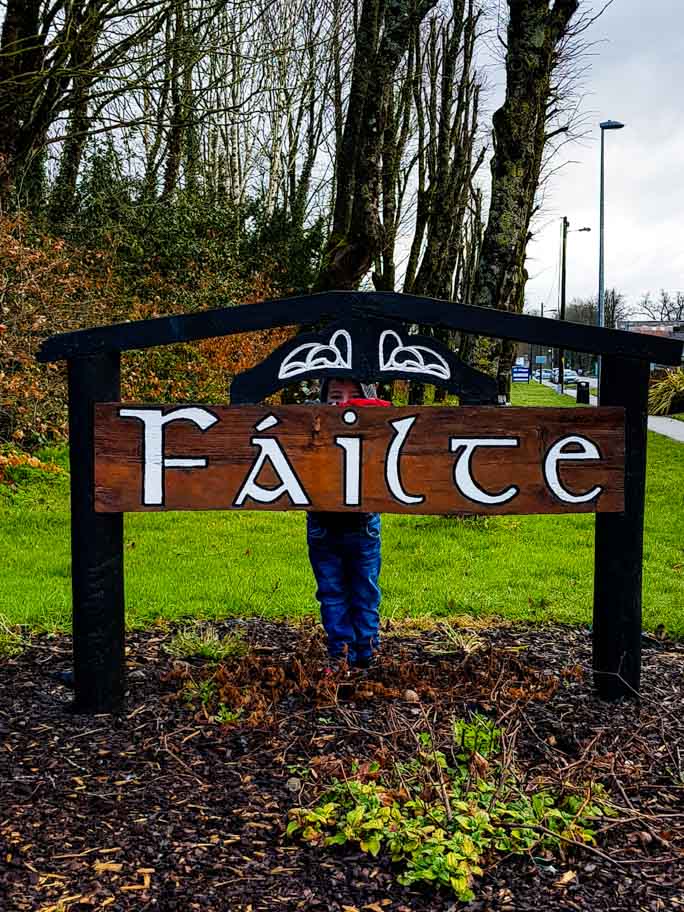
These nicknames serve to highlight the dual identity of Ireland: a modern, economically vibrant nation and a place of enduring warmth and friendliness. They continue to play a crucial role in shaping Ireland’s image, both domestically and internationally.
Regional Nicknames in Ireland
The Rebel County (Cork)
County Cork is often referred to as “The Rebel County.” This nickname stems from its history of resistance and rebellion.
Cork’s people take pride in their rebellious spirit, which goes back centuries. From the War of the Roses to more recent times, such as the Irish Civil War, Cork has stood out as defiant.
Cork is the birthplace of Michael Collins, an Irish revolutionary who was a leading figure in the early 20th-century struggle for Irish independence from Britain.
Read a brief history of Ireland to learn more about Irish struggles for independence.
The Kingdom (Kerry)
Kerry is known as “The Kingdom.” The name speaks to its ancient history and culture and dates back to around 65 AD.
One of the O’Connor chieftains, named Ciar, took control of the area, and his descendants became known as the “Ciar-raigh”, pronounced keer-ree, which roughly translates to Ciar’s kingdom. Ciarraigh, which is what the area was called by the 6th century, was later anglicized to Kerry.
Kerry’s rich traditions and historical significance contribute to this royal moniker. Many locals feel a strong sense of identity and pride linked to this nickname.
The City of the Tribes (Galway)
Galway holds the title “The City of the Tribes.” This name originates from medieval times when fourteen merchant families, or tribes, governed the city. Today, the names of the tribes lend themselves to 14 roundabouts in and around Galway City.
Pin for later!
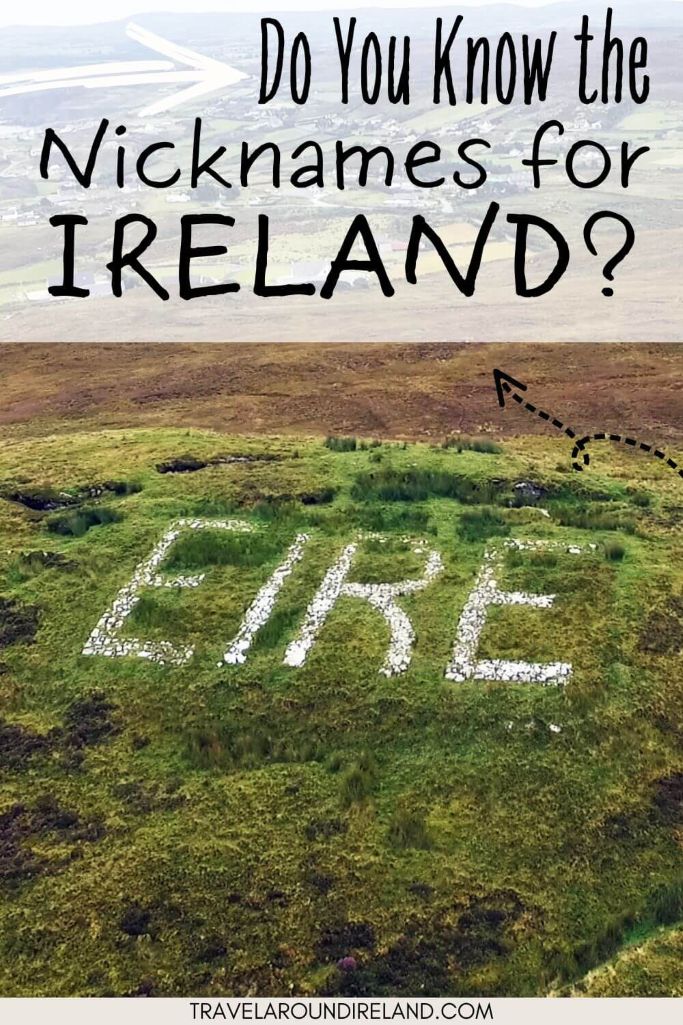
Conclusion
The nicknames for Ireland reflect its rich tapestry of history, culture, and natural beauty.
From the Emerald Isle, signifying the lush, green landscapes that define the country, to the official name in the Irish language for Ireland, Éire, these diverse identities underline the multifaceted nature of Ireland.
Each nickname tells a unique story about the nation’s heritage and charm, and they also encapsulate its soul, inviting all to experience its rich cultural tapestry firsthand.
Are there any other nicknames you would add to this list?
Before you go, you might find these useful reading:
- The Best Places to Visit in Ireland
- The Best Reasons to Visit Ireland
- What’s the Difference Between Ireland and Northern Ireland?
- Facts About Ireland
- Weird Laws in Ireland You Won’t Have Heard Of
- What Language is Spoken in Ireland?
Save for later on Pinterest



Great insight into the nicknames of Ireland! Could you share which nickname locals prefer or use most often today?
Locals tend to just call it Ireland 🙂